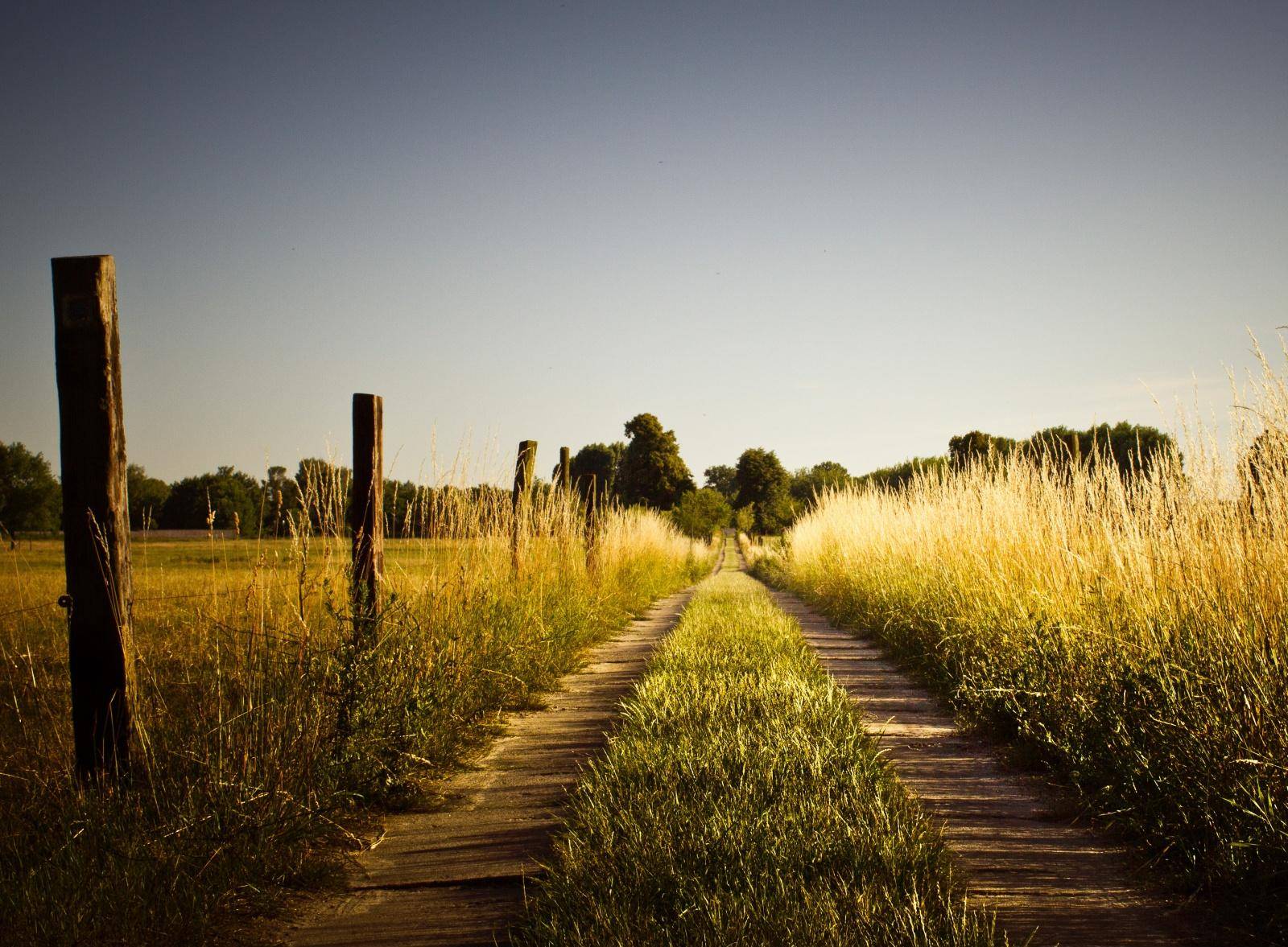The Campbell High School became Henry College in 1892, but Henry College really had its
beginning in 1881 when Mr. J.F. Beasley, a pioneer of the Campbell Community, fave two acres in the
north part of the town for a building site for a school. The building which was erected that year was a two-
story structure containing three rooms on the lower floor and one on the upper floor which was the Masonic
Hall. The school was first taught by Professors Colony DeLyon and Andy Crawford. The following year
Crawford and W.R. Leonard were instructors, and in 1844, W.R. Leonard and Henry P. Eastman became
proprietors. In 1884-1885 the enrollment was 246, and in 1885-1886 it was 275.
(information omitted)
Then in 1892 Campbell High School became Henry College. It was named for its founders,
Henry T. Bridges and Henry Eastmen. IN that year it was chartered as a senior college, and its policy of
thorough work at the least possible cost, rendered it one of the most popular institutions of the county from
the first year of its existence. The citizens of Campbell took some initiative in the establishment of the
institution, but the majority of the investment came from Professor Brigde’s own savings. To the enterprise
he gave $15,000.00 for the erection of an administration building.
The aim of Henry College was “to train the youth that came within its walls to be real men and
women; to take their places in the social and intellectual world; to be able to fill the places of responsibility
in all walks of life open to young men and women of capacity.” Another aim of the college was to place
first class education within the reach of every poor boy and girl who would enter its doors.
Henry College was considered highly as an institution of learning regardless of the small number
who attended, although students came from a number of Texas counties and communities outside the state.
It was affiliated with the best institutions in Texas. Following is a statement from the Henry College
Bulletin, 1895-1896:
“Professor Fitzhugh of the University of Texas and a member of the committee on affiliated
schools, visited the college and examined the subjects of English, Mathematics, history, and Latin, and the
college has been affiliated in these subjects.”
The college curriculum was well organized and carried the work to the degrees of Bachelor of Arts
and Bachelor of Science. Henry College also conferred the Bachelor of Literature and Master of Pedagogy
degrees. The college never did at any time, after chartered as a college, maintain a primary and a
preparatory department, but it did have a sub-freshman year. Much stress was also placed on the classice,
music, art, elocution, and oratory.
The administration building burned in 1897, and although it was rebuilt in eight months there were
financial troubles. The expense of rebuilding, and the meager amount of money coming from a small
enrollment (for the greatest number enrolled at any time, as far as could be found was 220 in 1896-1897)
caused the college to close in 1901 for lack of funds.
In 1903, Professors B.F. Holcomb and B.W. Miller and some citizens of Campbell purchased the
property of Henry College and renamed it Emerson College, from the poet and philosopher Ralph Waldo
Emerson. The new institution tried to maintain the standard of Henry College, but due to the prestige of the
nearby institutions of Burleson College at Greenville, Texas, Holiness University at Peniel, near Greenville,
and East Texas Normal College at Commerce, Emerson College did not prosper. Following a broil
between faculty and students the college closed in 1907.
Back to Schools

